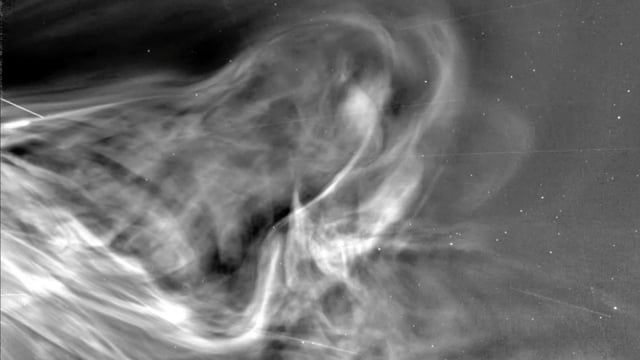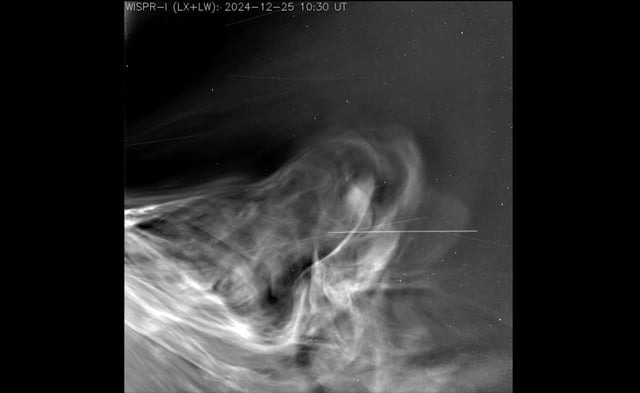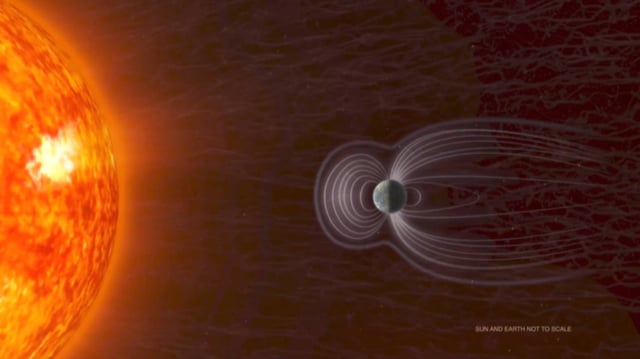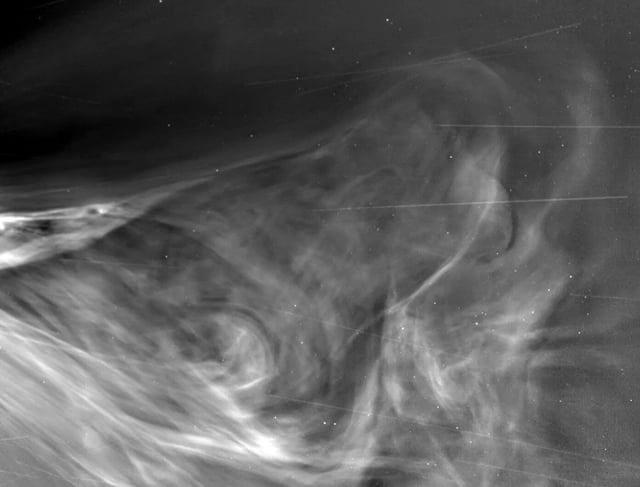Overview
- NASA unveiled new WISPR images and a timelapse from its December 2024 flyby that show the Sun’s corona from just 3.8 million miles away
- The released imagery captures, for the first time in such detail, multiple coronal mass ejections piling up and merging in the Sun’s outer atmosphere
- Data also reveal clustered magnetic switchbacks—zigzagging magnetic fields—occurring more frequently than expected within 14.7 million miles of the Sun
- Researchers are integrating these observations into improved forecasts to better predict solar wind impacts on satellites, power grids and astronaut safety
- The probe continues its mission toward a next scheduled close approach on September 15, 2025, to collect further data on solar wind and coronal phenomena



